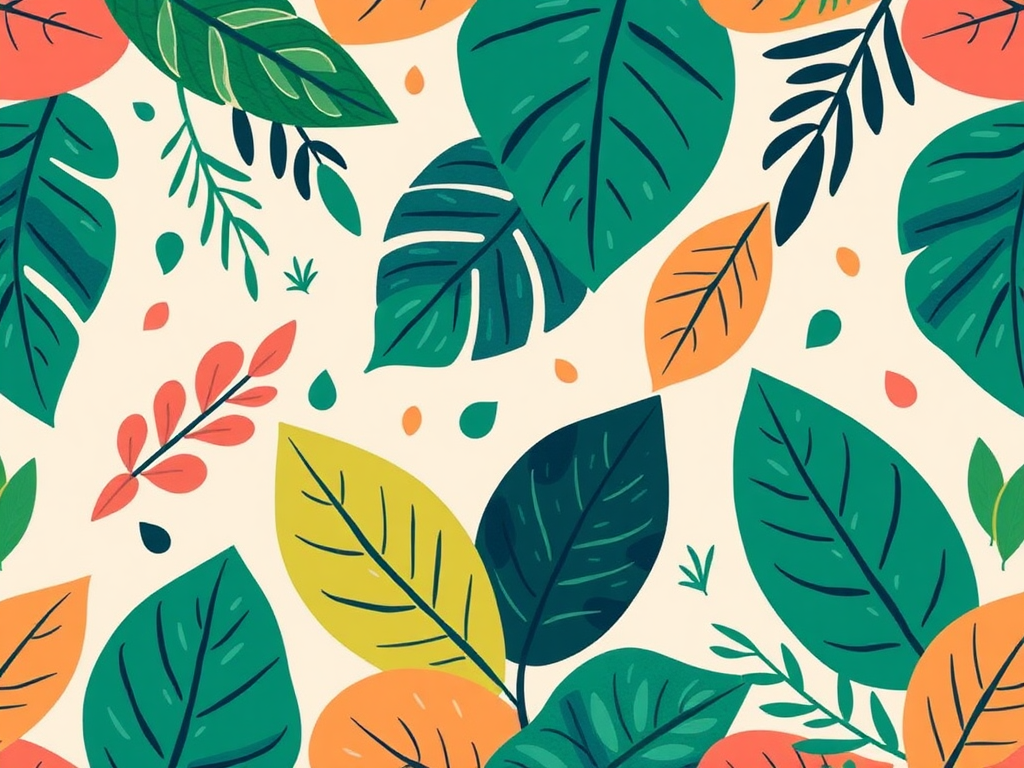
The Green Artist's Guide to Print Production
Dive into the essentials of sustainable print production and learn how to make eco-friendly choices that enhance your artistic practice.
As artists, we often find ourselves at the intersection of creativity and responsibility. The world is changing, and so must we—especially when it comes to print production. But what does it mean to be a green artist in today’s climate? How can we ensure that our artistic expressions don’t leave a heavy footprint on the planet? Let’s delve into the essentials of sustainable print production.
Understanding Sustainability in Print Production
First off, sustainability in print production isn’t just a buzzword; it’s a commitment to preserving the planet while pursuing our artistic passions. At its core, sustainability encompasses practices that minimise environmental impact. This means reducing waste, conserving resources, and opting for processes that are less harmful to our ecosystems.
Have you ever thought about the journey your prints take before they reach your hands? From the sourcing of materials to the final delivery, each step can contribute to a larger environmental footprint. By embracing sustainability, you can cultivate a print production process that respects our planet. It’s about making choices that lead to a healthier Earth, not just for us but for future generations. Imagine a world where every artwork contributes to environmental regeneration rather than degradation.
Choosing Eco-Friendly Materials
Now, let’s talk materials. The choice of paper and inks can drastically affect the sustainability of your print projects. So, what does eco-friendly really mean? For starters, look for papers that are recycled or sourced from sustainably managed forests. Certifications like FSC (Forest Stewardship Council) can guide you in making responsible choices.
But it doesn’t stop there! Consider the inks you use, too. Traditional inks can contain harmful chemicals, but there are plenty of vegetable-based or soy inks available that are less toxic and more sustainable. They not only reduce harmful emissions but also give your prints vibrant colours that are true to your artistic vision. Think of it as choosing the right palette for your canvas—not just for aesthetics but for the health of our planet.
Adopting Sustainable Printing Techniques
Once you’ve settled on the right materials, the next step is to adopt sustainable printing techniques. Digital printing is often seen as a more eco-friendly option, largely because it produces less waste compared to traditional methods. Plus, with the right equipment, you can print on demand, eliminating excess inventory.
Moreover, consider the benefits of using local printing services. Not only does this support your community, but it also reduces carbon emissions associated with shipping. You might be surprised at the innovative practices some local printers employ, from energy-efficient machines to zero-waste initiatives. By fostering these relationships, you’re not just creating art; you’re building a more sustainable future.
Evaluating Your Supply Chain
Finally, let’s shine a light on your supply chain. It’s essential to evaluate each link in the chain that brings your artwork to life. Are your suppliers committed to sustainable practices? Do they share your values regarding environmental responsibility? Engaging with suppliers who prioritise sustainability can enhance your overall impact.
It’s worth remembering that sustainability is not merely about the materials and techniques you choose; it’s also about the broader implications of your artistic practice. By creating a network of eco-conscious suppliers, you contribute to a community of like-minded individuals who are all striving for the same goal—a healthier planet. Think of your supply chain as an extension of your artistic identity; the more aligned it is with your values, the greater your impact.
As we navigate the world of print production, let’s commit to making choices that honour our environment. The journey towards sustainability may not always be straightforward, but every step counts. Embrace the challenge, explore new materials, techniques, and suppliers, and let your art resonate with a message of responsibility and care for our planet.